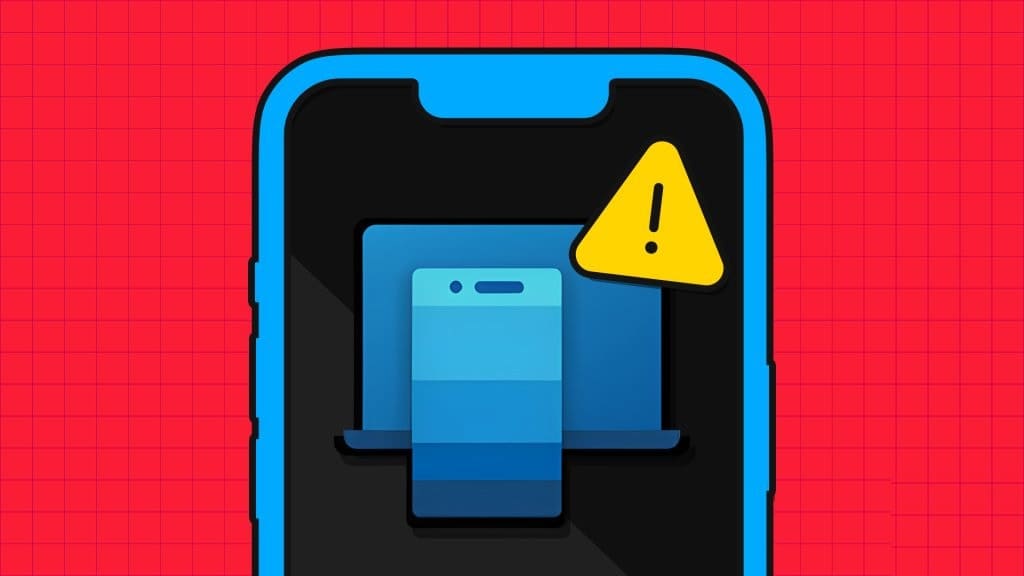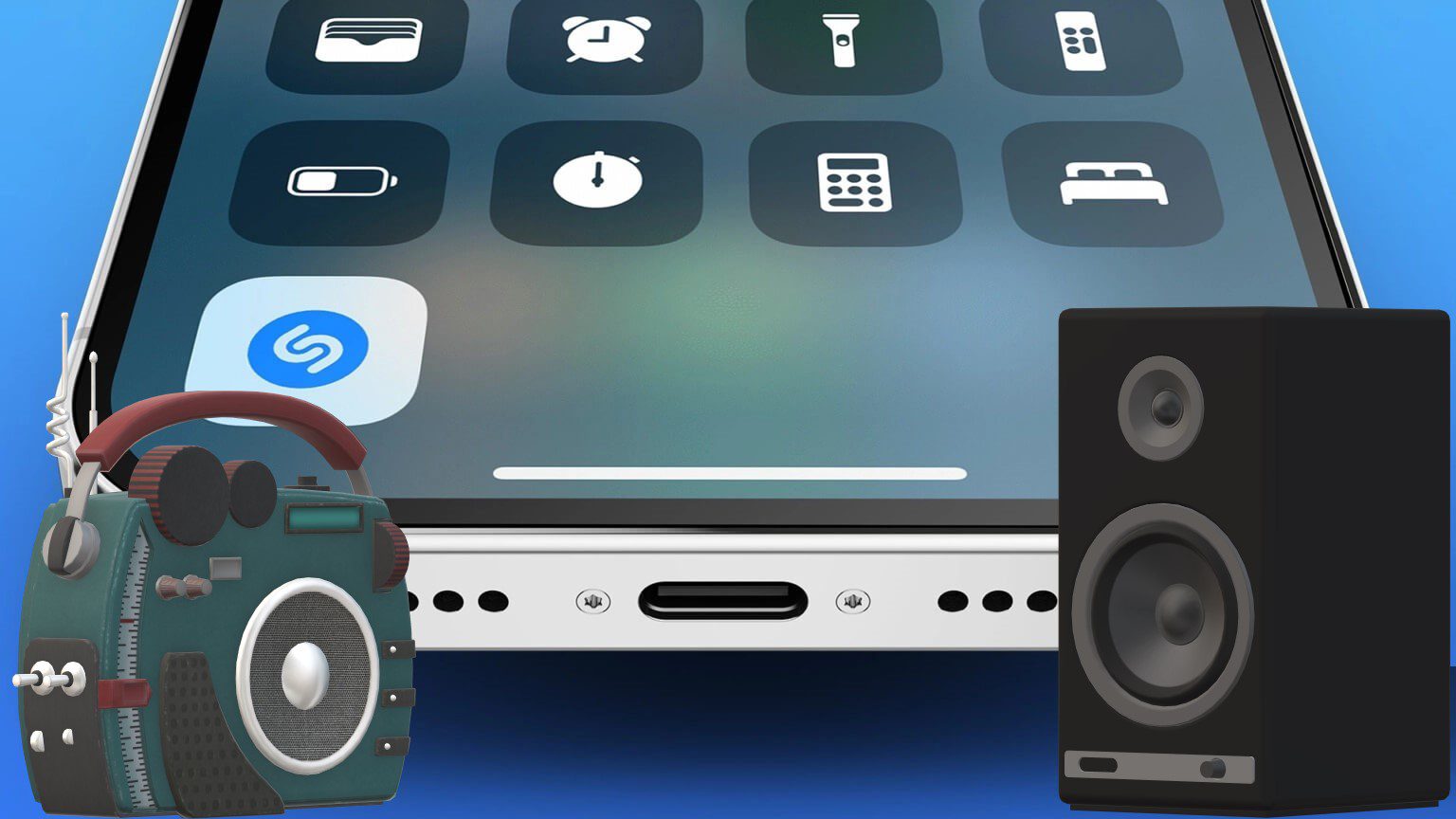Apple adds a counter toBattery case To every device you make, including your Apple Watch. While it's good to keep track of how your battery holds up over time, most of us become concerned when the health rating drops. So, let's help you learn how to check your Apple Watch battery health.

In this article, we want to show you where to view the battery health percentage on your Apple Watch. We'll also help you understand and interpret your battery health, when you might need to replace it, and how to maintain good battery health over time. Let's get started.
How to check the health of your Apple Watch battery
Here's how to check your Apple Watch battery health.
Step 1: Click on digital Crown Once done, click Apply. Settings.
Step 2: Click on Battery.

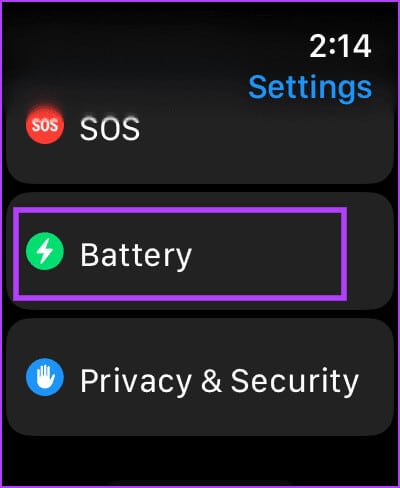
Step 3: Locate Battery health.
Step 4: You will see Max capacity Current of the battery.
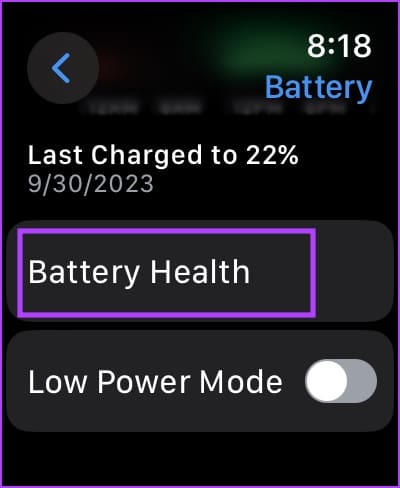
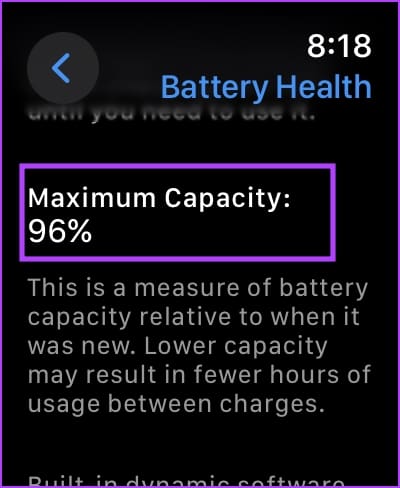
But what does this number mean and what does it say about the battery – let's find out.
Understanding your Apple Watch battery health
The moment you take your new Apple Watch out of the box, its battery health reaches 100 percent. Over time, a lithium-ion battery undergoes several charging and discharging cycles.
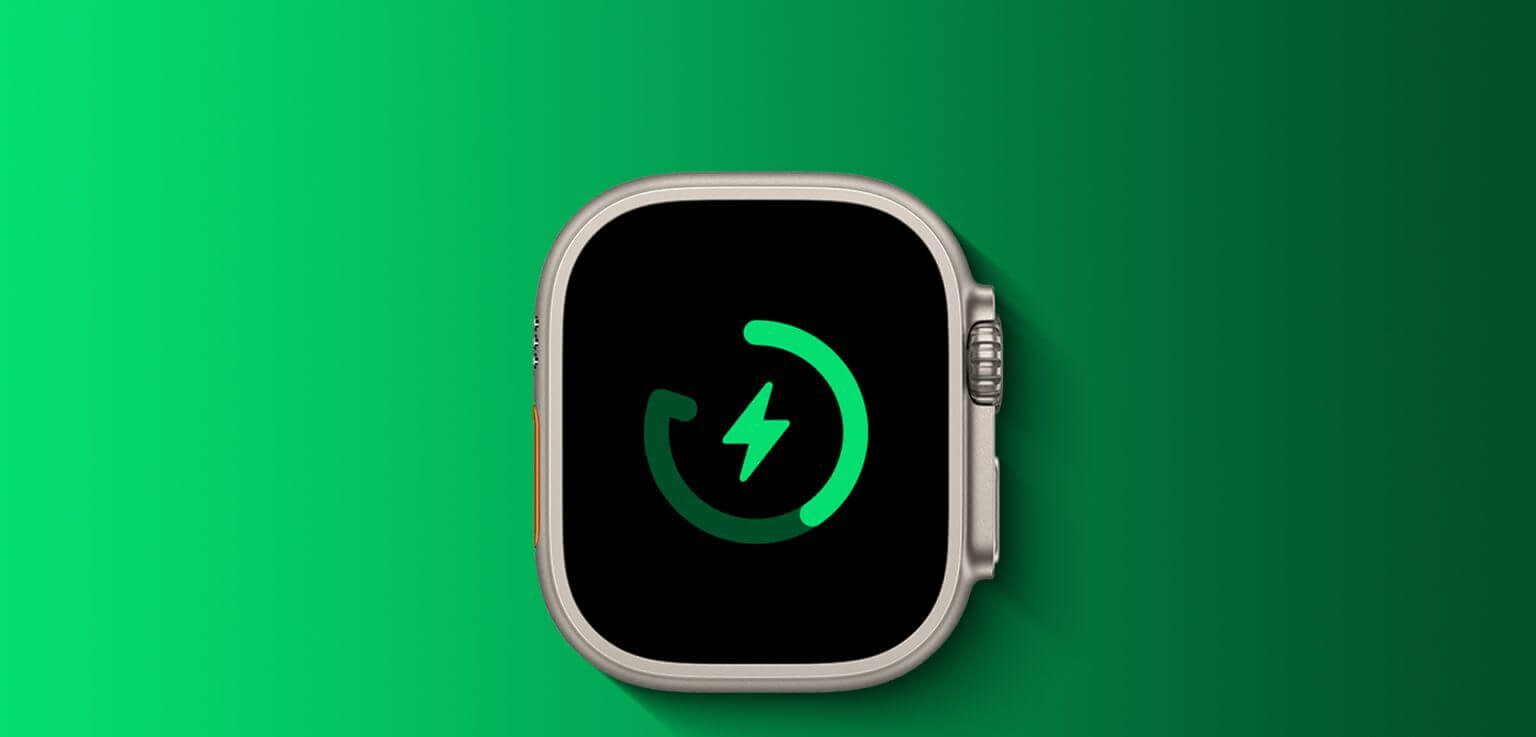
The anode and cathode are the two main components of a lithium-ion battery. During the charging or discharging process, lithium-ion flows between the anode and cathode. However, due to unfavorable interactions over time, primarily due to heat, the amount of lithium-ion available for conduction decreases. This leads to battery degradation.
Therefore, the battery health level, which is Maximum capacity The current battery life on the Apple Watch indicates this, at least according to Apple. But what is the rate of this decline? How quickly do the numbers on the Apple Watch's battery health indicator drop? Let's find out!
How quickly does battery health degrade on Apple Watch?
Based on normal use, when you charge your Apple Watch once a day, you can expect the battery to decrease by anywhere from 1-2 percent each month. Apple says that over two years, it's normal for battery health to decrease by 20 percent.
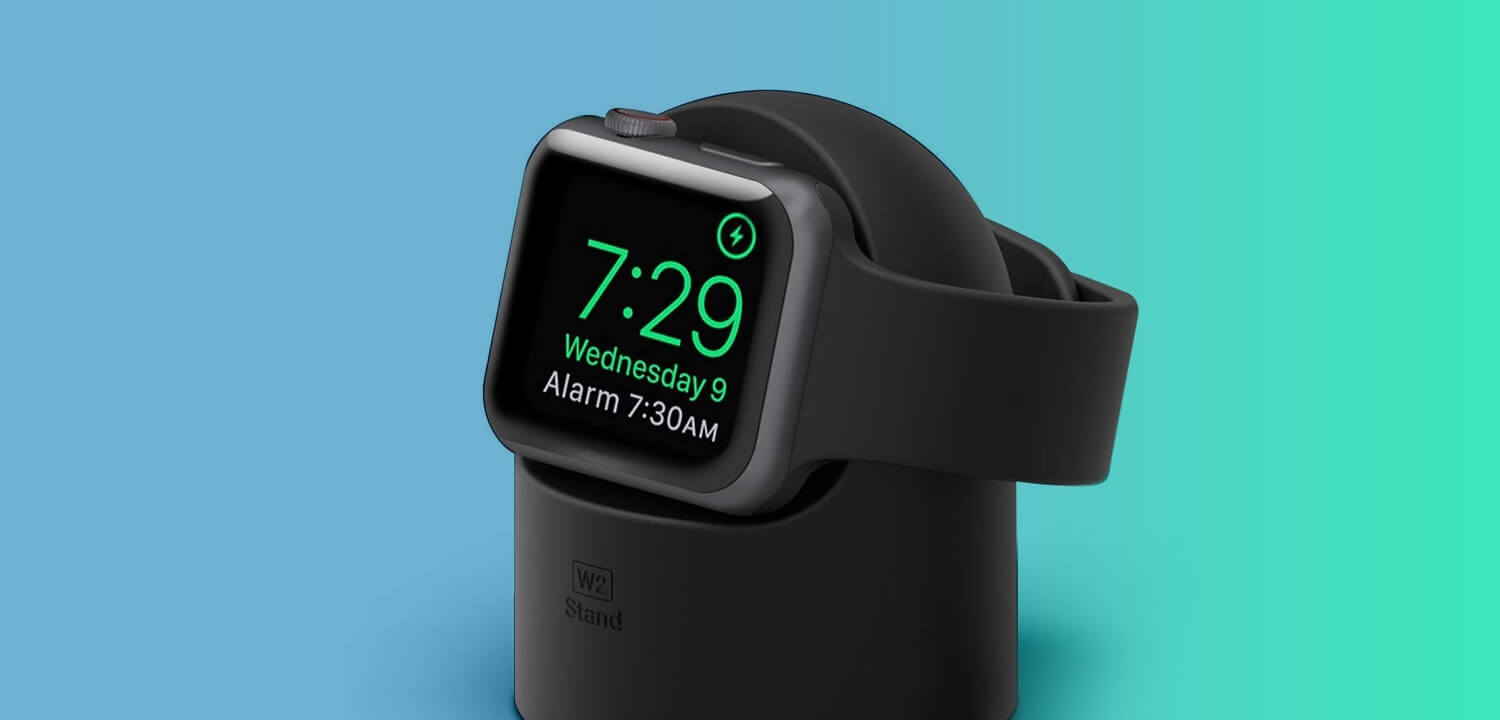
For reference, we've been using our Apple Watch for over a year, and the battery health is currently at 96%. There's no specific rate at which the battery health metric will decline. It's just an estimate and not a measurement directly related to physical changes in your battery.
However, if your battery health drops by about five percent or more over a month, you should contact Apple Customer Support, and they will help you diagnose whether there is any problem with your battery.
What is the battery life on Apple Watch?
Your Apple Watch battery is expected to perform well and last approximately 2-3 years. When the battery health drops below 80 percent, you should replace it for optimal performance.
If you have a plan Apple Care + Valid for your Apple Watch, you will get a free replacement if the percentage drops below 80.

There is no need to worry as long as you do not notice. Noticeable change in battery performance On a daily basis. Sure, over time, you'll notice a decrease in battery performance, but as we mentioned earlier, this is normal. As long as you have at least one day of battery life on your Apple Watch, there's no need to worry about its health.
However, there are some habits you can follow to maintain your Apple Watch battery health. Here's what you need to know.
Tips for maintaining battery health on your Apple Watch
Here are some key aspects you need to consider to take good care of the battery health and lifespan on your Apple Watch.
1. Use original charging accessories.
We highly recommend using original charging accessories for your Apple Watch. If you choose to use a third-party accessory, make sure it is MFi-certified. These accessories are certified to safely charge your Apple Watch, and the components inside won't generate excessive heat, protecting the battery's health.
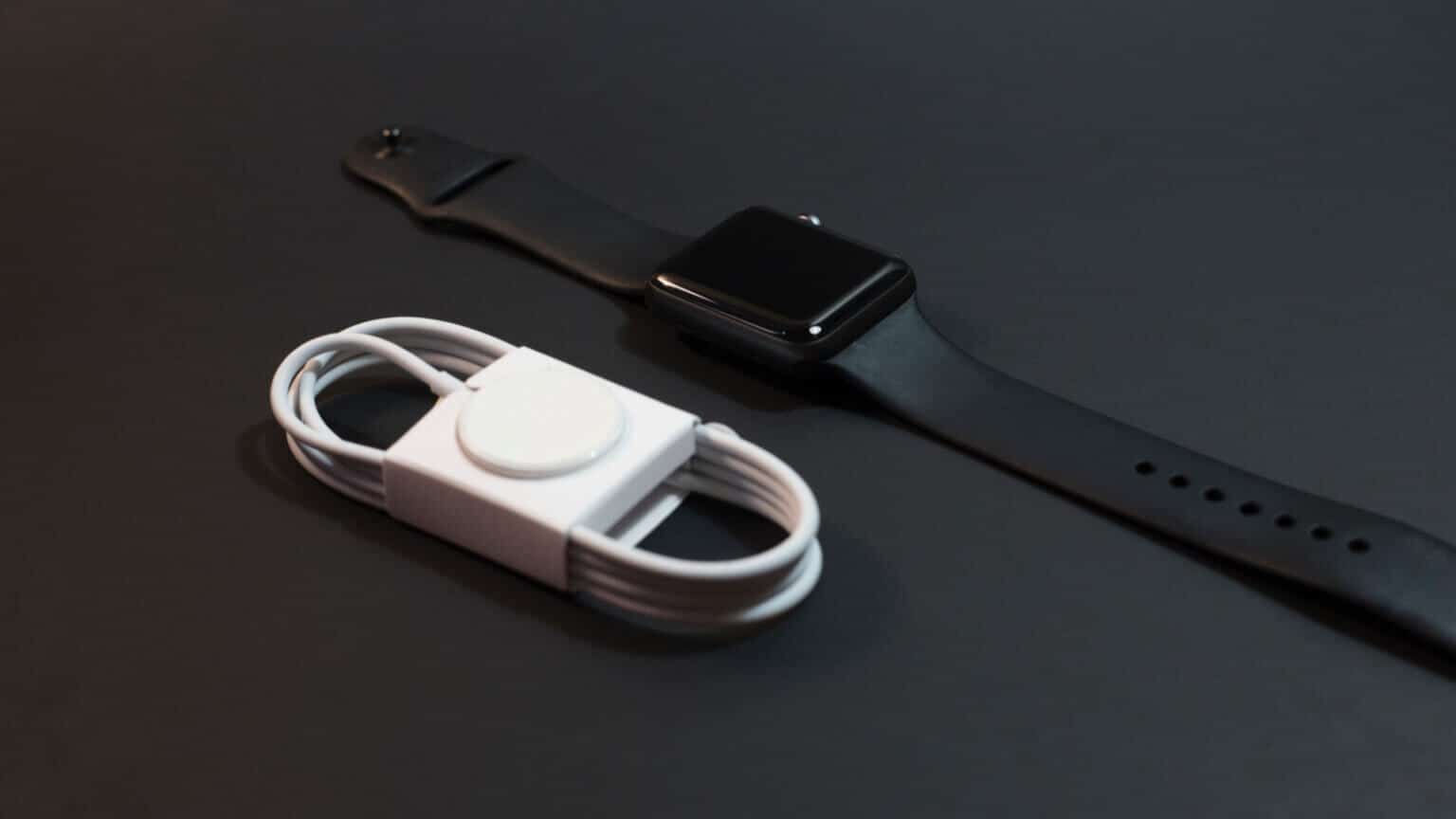
2. Enable optimal battery charging
When you enable Optimized Battery Charging, Apple Watch learns from your daily charging habits. It monitors when you typically charge your watch and how long it stays plugged in. Based on this learning, the feature helps slow battery aging.
Here's how to enable it on your Apple Watch.
Step 1: Open an app Settings.
Step 2: Click on Battery.


Step 3: Click on Battery health.
Step 4: Turn on the toggle switch for Optimal battery charging.

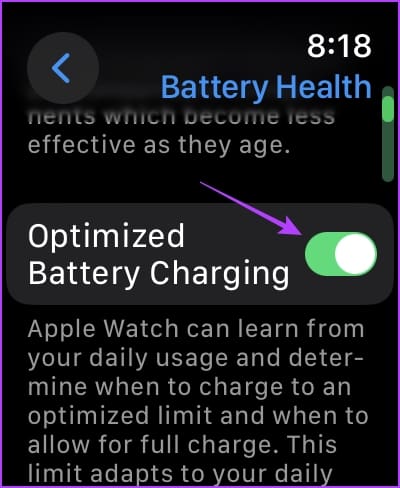
This feature aims to reduce the amount of time your Apple Watch remains fully charged. If you normally charge it overnight, this feature can delay charging the battery to 100 percent until just before you wake up. The goal is to keep your battery at an optimal level and prevent situations where the battery remains fully charged for too long. Such situations can contribute to battery aging.
Note: How to Use Optimal Charging Limit on Apple Watch Ultra
3. Avoid completely discharging the battery.
It is recommended to avoid completely draining your Apple Watch battery because lithium-ion batteries have a limited number of charge cycles before their capacity begins to decrease.
Frequent discharge to zero and recharge can wear down these cycles faster, leading to premature wear and reduced battery life over time. Therefore, it's generally recommended to keep it within a moderate range, such as 20-80%.
4. Update your Apple Watch
Software updates are performed on your Apple Watch. Various algorithms help the battery keep up with the ever-increasing power demands of apps and services. Furthermore, if Apple detects any software bugs that unnecessarily drain the battery and contribute to battery aging, these bugs will be removed via a software update.
Here's how to update your Apple Watch.
Step 1: Open an app Watch On the paired iPhone.
Step 2: Click on general.
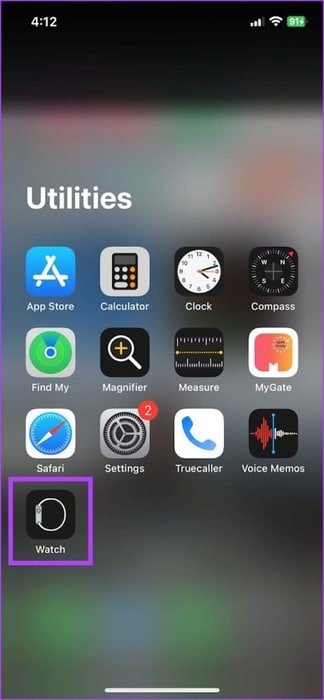
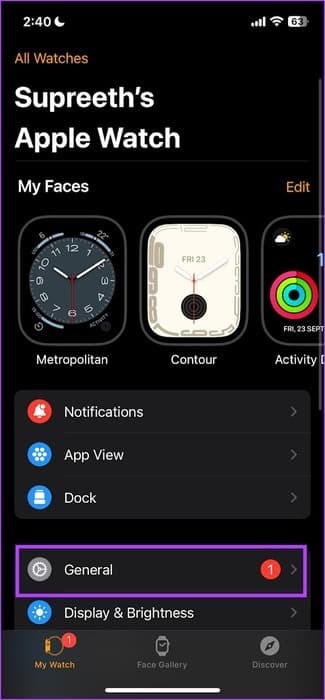
Step 3: Click on upgrade software.
Step 4: Download and install the new update, if any. Available.
Your Apple Watch battery must be at least 50% and charged while installing the update.

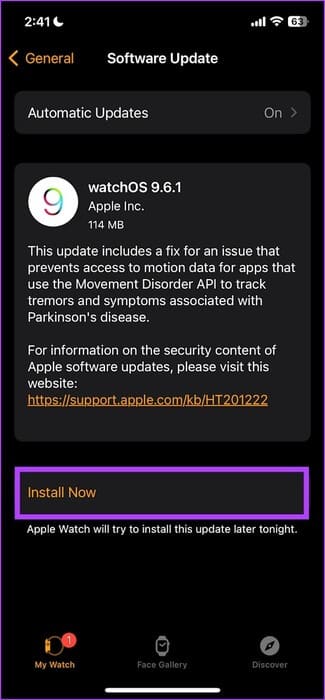
That's all you need to know about Apple Watch battery health. If you have any other questions, see the FAQ section below.
common questions:
Q1. Why is the Optimized Battery Charging option not available on my Apple Watch?
The answer: This feature is only available on watchOS 7 and later. Make sure your Apple Watch is updated to the latest operating system.
Q2. Does Apple reduce Apple Watch performance with each software update?
The answer: Apple claims it uses a dynamic system to maintain a good balance between performance and battery life with each software update. Therefore, you may notice a decrease in performance.
Q3. How much does it cost to replace an Apple Watch battery?
The answer: An Apple Watch battery replacement may cost you approximately $99. For the exact price, contact Apple Customer Support.
It is normal for batteries to deteriorate.
Under the guise of maintaining battery health and striving to maintain 100% life, don't sacrifice what your device offers. Use the best features your Apple Watch offers and charge it when you need to—you have little control over battery science. Batteries are designed to age and will deteriorate no matter what!




